The Digital Reader |
- The Morning Coffee – 5 June 2014
- Apple to Ship iBooks with iOS8, Invite More Scrutiny from the DOJ
- JDI Reminds us Why Samsung Sold Liquavista (Color Quality Trumps Battery Life)
- Teaser Video Reveals Amazon’s Smartphone will Launch 18 June
- MOTA Smartwatch G2 Calls to Your Inner Dick Tracy
- Onyx Boox T68 Lynx 6.8″ eReader Now Up for Pre-Order in Europe
- Tangible Haptics Wants to Help You Feel the Screen on Your Tablet
- Toshiba Encore 7 Tablet – Windows 8, $149
| The Morning Coffee – 5 June 2014 Posted: 04 Jun 2014 09:18 PM PDT The one story ypu absolutly have to read this morning is from Publisher’s Lunch. They correct a couple errors that many press have been making on the Hachette-Amazon contract dispute. The rest are good, too, but that one is key.
The post The Morning Coffee – 5 June 2014 appeared first on The Digital Reader. |
| Apple to Ship iBooks with iOS8, Invite More Scrutiny from the DOJ Posted: 04 Jun 2014 03:38 PM PDT
By adding iBooks to iOS 8, Apple is guaranteeing that any future action they take with respect to ebooks will be scrutinized by the US Dept of Justice. If there is even the slightest hint that one of Apple’s decisions will harm an ebook competitor then that decision will trigger a full blown investigation by the DOJ, and could result in another antitrust lawsuit. I am suggesting this possibility not just because Apple is bitterly fighting an antitrust lawsuit at the moment, but also because the Apple/iBooks situation reminds me of a trick Microsoft pulled in the 1990s. As you may recall, Microsoft was sued in 1998 by the DOJ (and 20 states) for violating the Sherman Antitrust Act. From Wikipedia:
Microsoft and the DOJ ultimately settled that lawsuit in 2001, and the OS maker settled a similar investigation in Europe in 2009. Apple will probably never get in trouble for controlling the OS running on the hardware they make, but any action they take which might favor iBooks over the competition will quite result in accusations of bundling, an antitrust violation. For example, do you recall when Apple decided in early 2011 to require all transactions on iOS must go through Apple? That rule was a practical impossibility for the major ebook retailers (none of them could afford to pay Apple 30% vig). But more importantly, that decision (which emails show was made by Steve Jobs himself) was deliberately intended to harm Amazon. It is also known to have directly killed at least one ebook retailer. If iBooks had been bundled into iOS at the time Apple would have been the subject of an antitrust investigation, and rightly so. Given that Apple has already lost one antitrust lawsuit, they are going to have to be very careful to avoid triggering another investigation. If I were in their place, I would have never have bundled iBooks into iOS. It’s just too fraught with risk. What’s more, it’s not like Apple needs the extra revenue; at best Apple earns a billion dollars a year from iBooks (my guesstimate). That’s chump change to a company that regularly posts quarterly revenues in the $30 billion to $50 billion range. But I suppose someone at Apple decided that the small increase in revenue is worth the risk. The post Apple to Ship iBooks with iOS8, Invite More Scrutiny from the DOJ appeared first on The Digital Reader. |
| JDI Reminds us Why Samsung Sold Liquavista (Color Quality Trumps Battery Life) Posted: 04 Jun 2014 02:38 PM PDT
JDI had many different screen tech samples on display, including a high-quality low-power solution called White Magic as well as screens intended for industrial use, smartphones, and tablets. They also had a reflective LCD screen on display which they launched last year but don’t have in production. This 7″ screen boasts a resolution of 1200 x 1920. It lacks a backlight, and as a result it only draws about 20% as much power as a regular LCD screen. With a contrast ratio of 30:1, it offers better contrast than Liquavista’s screen tech. It also can display a broader range of color than Liquavista’s screen tech (30% color gamut, in fact). This screen is visible in sunlight, making it ideal for a number of use cases, but no device maker is using it. Instead all the device makers are going for either generic LCD screens (with backlight) or high quality LCD, LED, or OLED screens. (I’m sure the relatively narrow viewing angle isn’t helping either.) Here’s the kicker. I asked, and I was told that JDI could make this screen today – if they had the orders to fill. But they don’t have the orders, and thus the screen remains a demo unit on a show floor. To put it simply, there doesn’t appear to be much of a market for screens like this, and that’s because color quality trumps battery life at the moment. So long as that remains true this type of screen will stay a rara avis. The only company interested is Amazon, and they bought their own screen tech company in May 2013. It’s not clear why Amazon invested in Liquavista, but I do know that they have been hiring researchers and developers since February 2014. Amazon of course hasn’t said anything about their plans, but I am ever hopeful that we will see a Liquavista screen on a Kindle eventually. The post JDI Reminds us Why Samsung Sold Liquavista (Color Quality Trumps Battery Life) appeared first on The Digital Reader. |
| Teaser Video Reveals Amazon’s Smartphone will Launch 18 June Posted: 04 Jun 2014 02:02 PM PDT
The retailer has posted a new video on Youtube (posted below) which shows people looking at some device and being amazed by it. The video doesn’t show the device itself, but based on the commentary I think it was the Amazon smartphone. Some of the responses include:
Amazon is also suggesting that viewers ask for an invite to the launch event, which will be held in Seattle on 18 June. Rumors have been circulating for over a year now that Amazon was working on a smartphone, and in April new rumors leaked that it would launch in June. Amazon’s other official leaks have told us that it might have a 4.7″ screen, run Android on a Qualcomm Snapdragon CPU with 2GB RAM, and come equipped with 4 IR cameras which are designed to track a users eye and face movements and adapt the display to give the user a novel 3d user experience. There’s no solid info today on price or the actual ship date, but I would not be surprised if those details were leaked before the 18th. If not for the fact that Amazon has a pattern of leaking important details before a launch, I’m not sure how much I would believe. I’m still not sure I see the value of a 3d display. I can see the coolness, but I also expect that many will turn it off after about the first 20 minutes. What do you think? Would you use a smartphone with a 3d display? The post Teaser Video Reveals Amazon’s Smartphone will Launch 18 June appeared first on The Digital Reader. |
| MOTA Smartwatch G2 Calls to Your Inner Dick Tracy Posted: 04 Jun 2014 12:59 PM PDT
The new SmartWatch G2 features support for Siri and Google Now, allowing users to pretend they are Dick Tracy and This watch costs the same as the original SmartWatch G1, and it is expected to ship later this month. Like its predecessor, the SmartWatch G2 is a rebranded Chinese smartwatch (possibly this one) with a higher price tag and (hopefully) more polished software. It supports Android and iOS devices, and pairs with smartphones over Bluetooth. The SmartWatch G2 can vibrate to let you know that you have a call, and the screen will display the caller ID. According to Mota, the SmartWatch G2 gets up to 3 days of standby time, but only 180 minutes of talk time. The watch takes about 2 hours to charge. It’s up for pre-order for $80 (in black and white colors) and it should ship on 20 June.
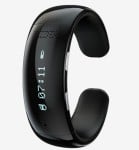 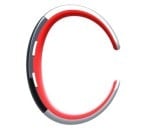  ![mota-g2_01[1]](http://the-digital-reader.com/wp-content/uploads/2014/06/mota-g2_011-150x95.jpg) The post MOTA Smartwatch G2 Calls to Your Inner Dick Tracy appeared first on The Digital Reader. |
| Onyx Boox T68 Lynx 6.8″ eReader Now Up for Pre-Order in Europe Posted: 04 Jun 2014 11:54 AM PDT
Arta Tech, Onyx’s retail partner in Poland, is taking pre-orders for the Boox T68 Lynx. The list price is 143 euros plus VAT and shipping, and the Lynx is expected to ship after 9 June. Onyx has been teasing us with glimpses of the Lynx since October 2013, and so far this ereader looks like everything the Aura HD could have been. The Boox T68, or Lynx, sports a 6.8″ screen with frontlight and touchscreen. It runs Android 4.0 Ice Cream Sandwich on a 1GHz CPU with 512MB RAM, 4GB internal storage, and a microSD card slot. And with a screen resolution of 1440 x 1080, the Lynx has the sharpest of any commercially available E-ink screen.   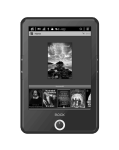 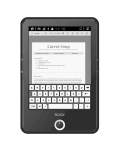   This ereader is more of a tablet than anything. It runs Onyx’s own reading software but it also ships with a full Android, including the option to install apps from Google Play. It also has Bluetooth, Wifi, a headphone jack, and TTS provided by the specialists at Ivona. The price plus shipping to the US is around $250, making this ereader more expensive than all other ereaders and even a lot of tablets, but it’s a price I am willing to pay. I bought one. I know that’s a lot to spend on an ereader sight unseen, but as you can see in the following demo video (found via my competition) it is an impressive device. The post Onyx Boox T68 Lynx 6.8″ eReader Now Up for Pre-Order in Europe appeared first on The Digital Reader. |
| Tangible Haptics Wants to Help You Feel the Screen on Your Tablet Posted: 04 Jun 2014 11:13 AM PDT
Earlier today I spent some time with Tangible Haptics. This three-year-old Illinois-based startup is working on a way to make tablet users feel friction as their fingers slide across the screen. As any tablet user can tell you, one of the drawbacks with touchscreens is that there’s no way for a user to tell, simply by using their fingertips, what’s going on. There’s no feedback, and Tangible Hpatics is working to fix that. Imagine a game of Angry Birds in which you could actually feel the tension of a slingshot before propelling a squawking hen into a group of green pigs. That's exactly the kind of 'feeling' that this startup plans to add to touchscreen devices one day. “Touchscreens have visual displays behind them and they track where your finger is, which is how they work. But you don't feel anything. You just feel the glass,” said co-founder Michael Peshkin. “And there's so much capability to have some haptic feedback from the glass.” While Fujitsu’s tech is based on emitting ultrasonic vibrations from under the screen, Tangible Haptics is working from an entirely different direction. Their tech, which naturally they didn’t want to reveal to many details about, is based on changing the electromagnetic charge of certain areas of the screen. It works by making the screen grip your finger more as you slide it across the screen. They had a Surface tablet in their booth which had been modified with the new haptic tech. Only a small amount of the screen provided feedback (but of course this was a demo). I got a chance to play with the tablet, and I can confirm that the tech works, and that effect can be changed via software settings. It’s possible to turn it off completely, and it can also be localized on one small section of the screen (where onscreen controls are located, for example). The tech won’t work with taps so it’s not going to be useful in all situations, but it is still a better option than no feedback at all. This could be useful for letting players know when their fingers have strayed from the onscreen controls for a game, or for helping users find controls and menus when they can’t see the screen clearly. The tech is cool, but it’s not in use anywhere just yet. Tangible Haptics is currently working to recruit manufacturing partners. The post Tangible Haptics Wants to Help You Feel the Screen on Your Tablet appeared first on The Digital Reader. |
| Toshiba Encore 7 Tablet – Windows 8, $149 Posted: 04 Jun 2014 09:19 AM PDT
Toshiba showed off a new 7″ Encore tablet which runs Windows 8.1 on a quad-core Atom CPU. There’s no solid info from Toshiba on price or release date, but the price that is being bandied about by bloggers is that this tablet could cost under $150. The tablet has a 1.33 GHz Intel Atom Z3735 quad-core CPU, with 1GB of RAM and 16GB of storage. It has only a single front-facing camera (this is part of the reason why the price is so low), and the screen resolution is reportedly 1024 x 600, so this tablet is not going to be for everyone. But it does represent a new lower rung for Windows 8 tablets, bringing them closer to competing directly with $99 Android tablets. In fact, this tablet reminds me of a couple $99 and $110 tablets I have seen over the past few months, leading me to wonder why it costs more. Microsoft is waving Windows license fees for budget devices, so this tablet should be nearly as cheap as an Android tablet that has similar specs. Perhaps Toshiba is pricing it higher because they, as a major device maker, have more overhead than budget tablet makers? I don’t know, but in any case here's a hands-on with the device from nDevil TV, which pegs the price at $149.
The post Toshiba Encore 7 Tablet – Windows 8, $149 appeared first on The Digital Reader. |
| You are subscribed to email updates from The Digital Reader To stop receiving these emails, you may unsubscribe now. | Email delivery powered by Google |
| Google Inc., 20 West Kinzie, Chicago IL USA 60610 | |

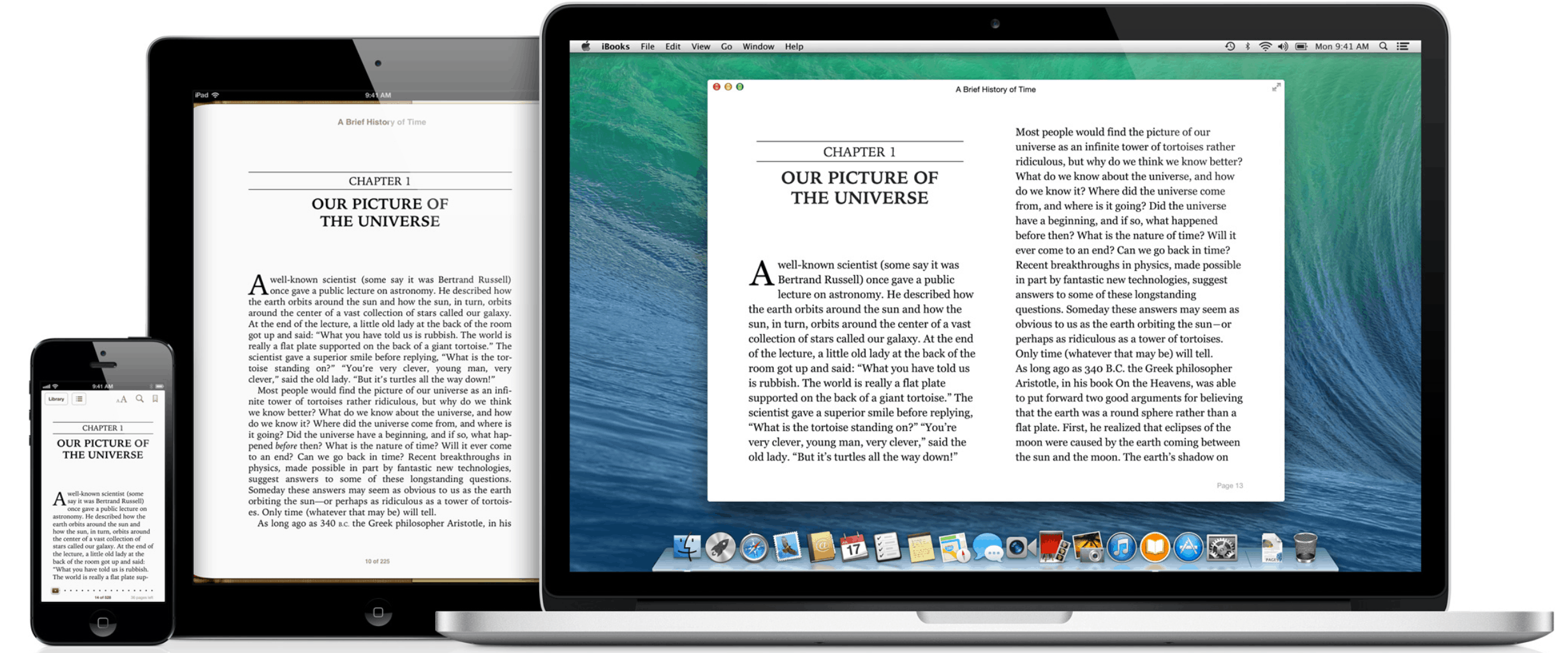
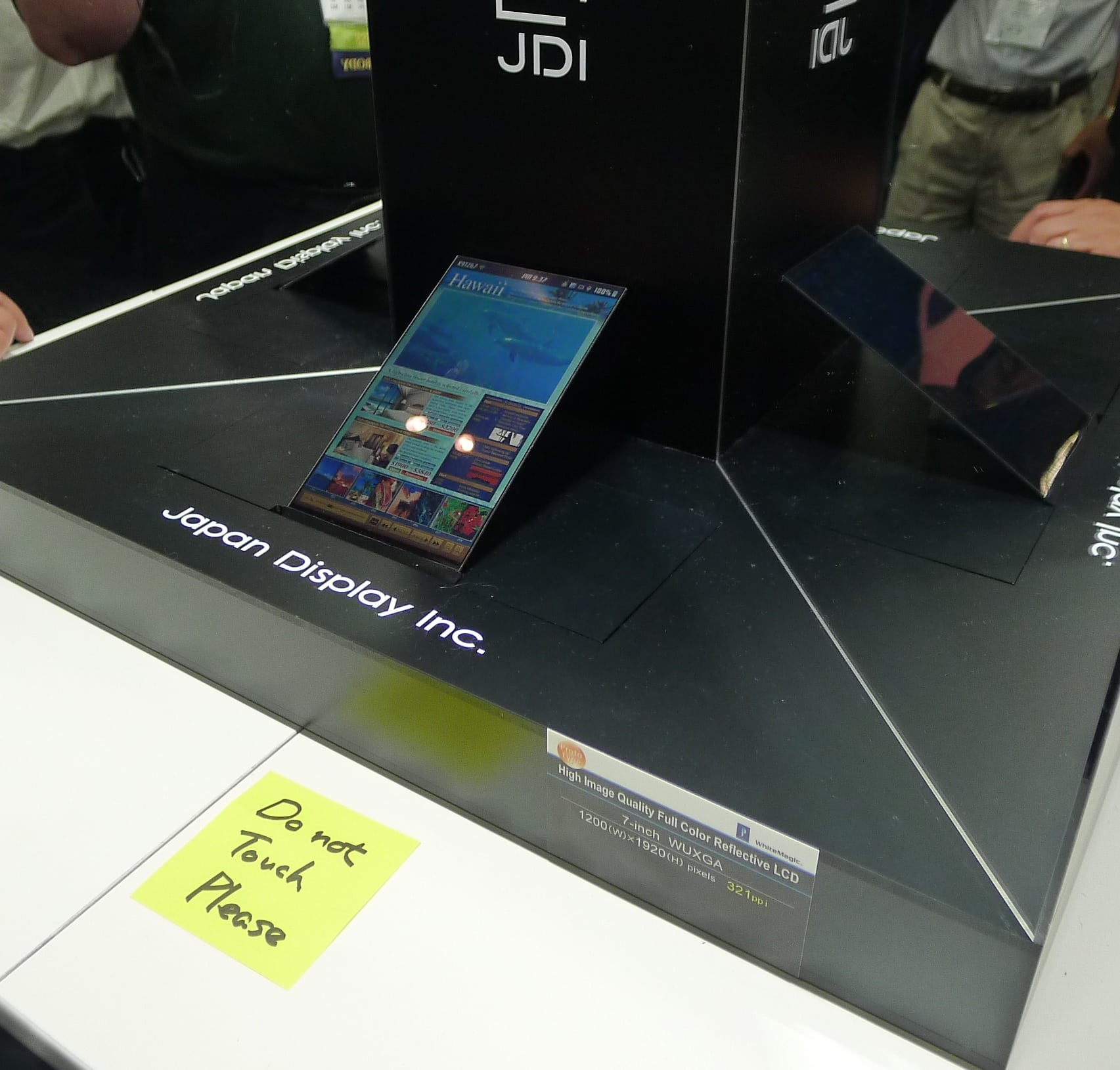
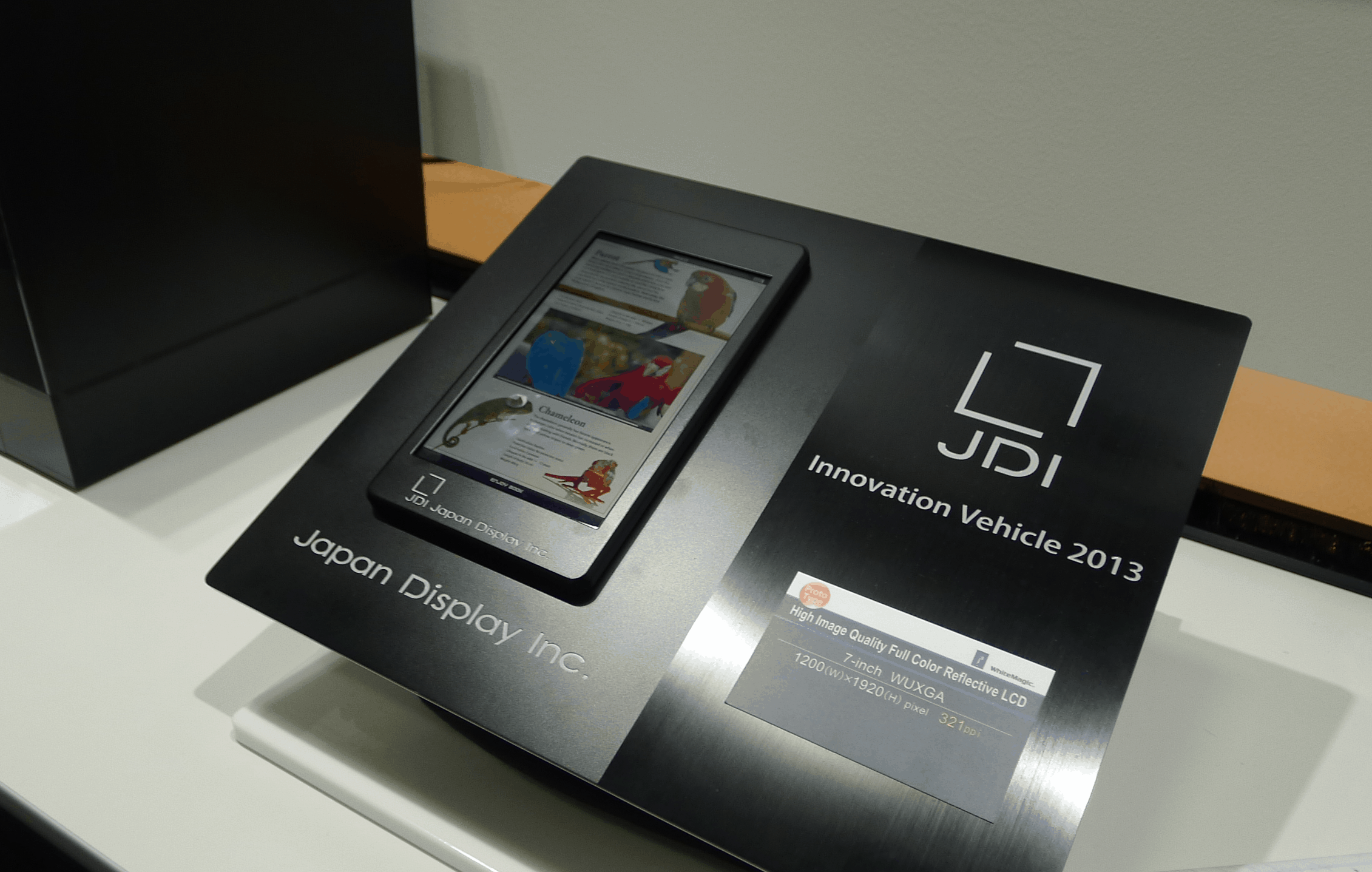

![mota-g2_01[1]](http://the-digital-reader.com/wp-content/uploads/2014/06/mota-g2_011.jpg)
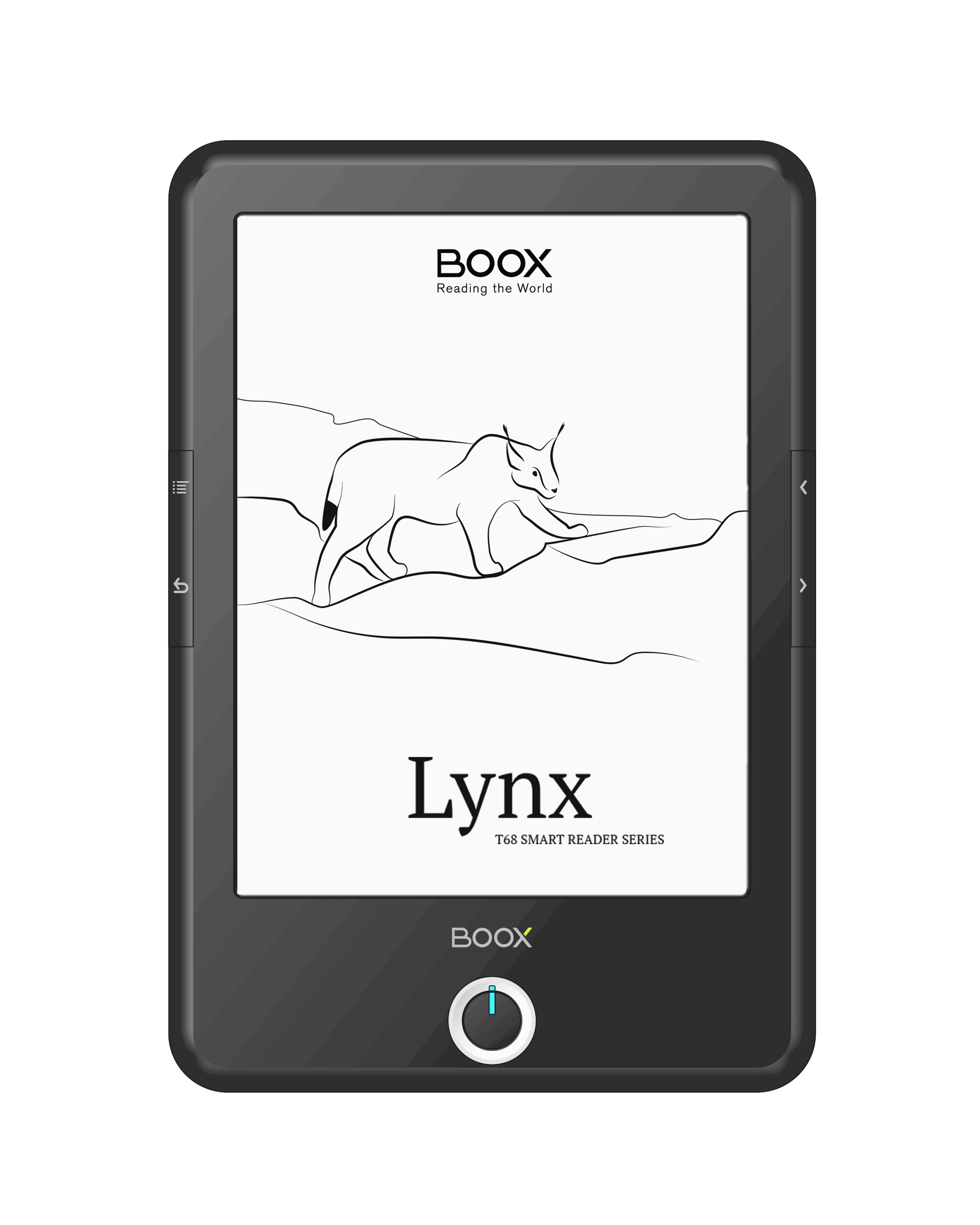


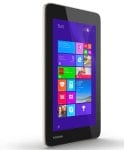 Windows 8 tablets have been getting smaller and cheaper as time goes by, with some 8″ models now selling for under $200. But earlier this week at Computex in Taiwan Toshiba showed that it might be possible to go even cheaper.
Windows 8 tablets have been getting smaller and cheaper as time goes by, with some 8″ models now selling for under $200. But earlier this week at Computex in Taiwan Toshiba showed that it might be possible to go even cheaper.![toshiba-wt7_02[1]](http://the-digital-reader.com/wp-content/uploads/2014/06/toshiba-wt7_021.jpg)
No comments:
Post a Comment